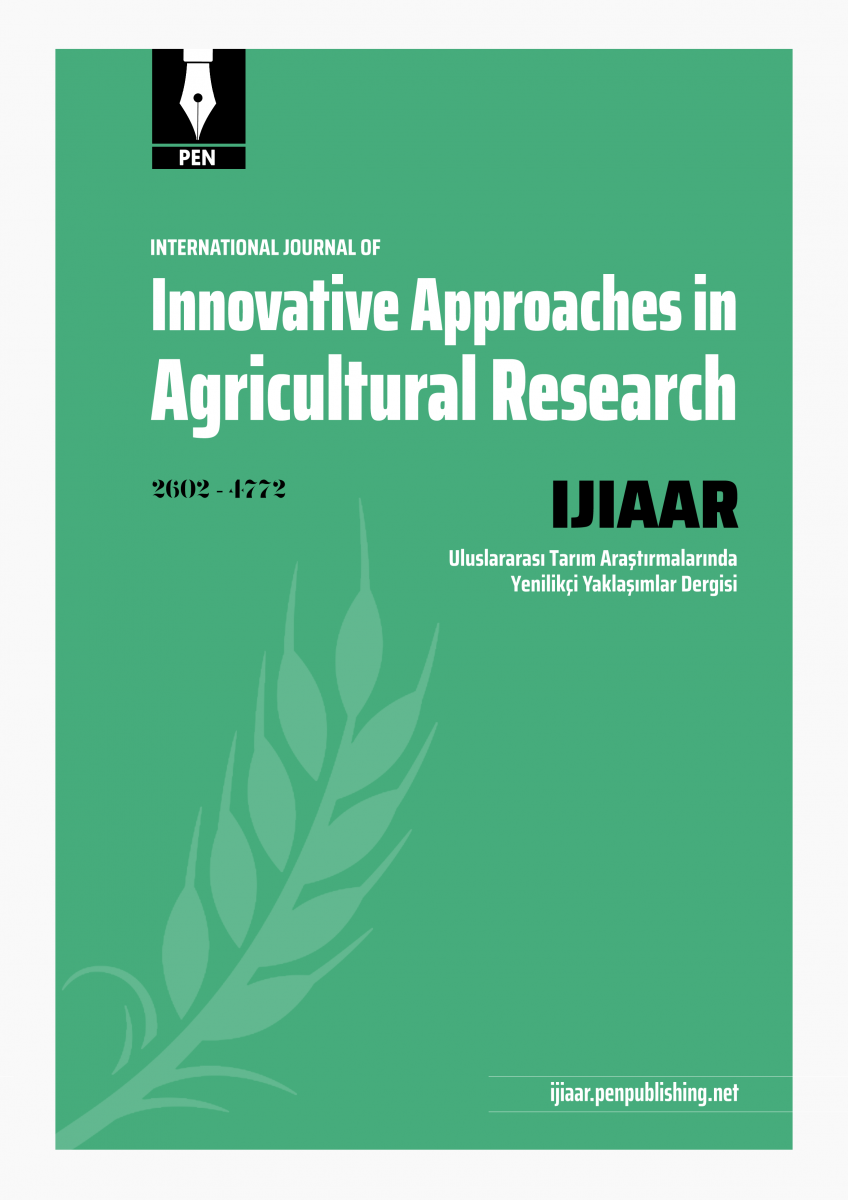- Anh, N.T. L., S. Kunhareang and M. Duangjinda (2015). Association of chicken growth hormones and insulin-like growth factor gene polymorphisms with growth performance and carcass traits in Thai broilers. Asian-Australas. .J Anim. Sci., 28(12), 1686–1695. [Google Scholar]
- Bligh, E. G., and W.Y. Dyer (1959). A rapid method of total lipid extraction and purification. Can. J. Biochem. Physiol., 37(8), 911-917. [Google Scholar]
- Castellini, C., C. Mugnai, and A. Dal Bosco (2002). Effect of organic production system on broiler carcass and meat quality. Meat Sci. 60, 219–225. [Google Scholar]
- Cömert, M., Y. Şayan, F. Kırkpınar, Ö. Hakan Bayraktar and S. Mert (2016). Comparison of carcass characteristics, meat quality, and blood parameters of slow and fast grown female broiler chickens raised in organic or conventional production system. Asian-Australas. J. Anim. Sci., 29(7), 987-997. [Google Scholar]
- Christie, W. W. (1973). Lipid analysis. Pergamon Press, Oxford [Google Scholar]
- Dal Bosco, A., C. Mugnai, S. Ruggeri, S. Mattioli and C. Castellini (2012). Fatty acid composition of meat and estimated indices of lipid metabolism in different poultry genotypes reared under organic system, Poult. Sci., 91, 2039-45. [Google Scholar]
- Fanatico, A., L. C. Cavitt, P. Pillai, J. Emmert, and C. Owens (2005). Evaluation of slower-growing broiler genotypes grown with and without outdoor access: meat quality. Poult. Sci. 85, 1785-1790. [Google Scholar]
- Fanatico, A. C., P. B. Pillai, L. C. Cavitt, C. M. Owens, and J. L. Emmert (2005). Evaluation of slower-growing broiler genotypes grow with and without outdoor access: Growth performance and carcass yields. Poult. Sci., 84, 1321–1327. [Google Scholar]
- Fanatico, A.C., P.B. Pillai, J. L. Emmert and C. M. Owens (2007). Meat quality of slow- and fast-growing chicken genotypes fed low-nutrient or standard diets and raised indoors or with outdoor access. Poultry Sci., 86, 2245–2255. [Google Scholar]
- Husak, R. L., J. G. Sebranek and K. Bregendahl (2008). A survey of commercially available broilers marketed as organic, free-range, and conventional broilers for cooked meat yields, meat composition, and relative value. Poult. Sci., 87 (11), 2367–2376. [Google Scholar]
- Ipek, A., and A. Sozcu (2017). The effect of access to pasture on growth performance, behavioural patterns, some blood parameters and carcass yield of a slow-growing broiler genotype. J. Appl. Anim. Res., 45(1), 464-469. [Google Scholar]
- Küçükyılmaz, K., M. Bozkurt, A.U. Çatlı, E. N. Herken, M. Çınar and E. Bintaş (2012). Chemical composition, fatty acid profile and colour of broiler meat as affected by organic and conventional rearing systems. South Afr. J. Anim. Sci., 42 (4), 360-368. [Google Scholar]
- Li, Y., C. Luo, J. Wang and F. Guo (2017). Effects of different raising systems on growth performance, carcass and meat quality of medium-growing chickens. J. Appl. Anim. Res., 45 (1), 326-330. [Google Scholar]
- Mikulski, D., J. Celej, J. Jankowski, T. Majewska, M. Mikulska (2011). Growth performance, carcass traits and meat quality of slower-growing and fast-growing chickens raised with and without outdoor access. Asian-Australas. J. Anim. Sci., 24 (10), 1407 – 1416. [Google Scholar]
- Molee, W., P. Puttaraksa and S. Khempaka (2012). Effect of rearing systems on fatty acid composition and cholesterol content of thai indigenous chicken meat. World Academy of Science, Engineering and Technology International Journal of Animal and Veterinary Sciences, 6 (9), 746-748. [Google Scholar]
- Mourão, J. L., V. M. Pinheiro, J. A. M. Prates, R. J. B. Bessa, L. M. A. Ferreira, C. M. G. A. Fontes, and P. I. P. Ponte (2008). Effect of dietary dehydrated pasture and citrus pulp on the performance and meat quality of broiler chickens. Poult. Sci., 87, 733–743. [Google Scholar]
- Ponte, P. I. P., S. P. Alves, L. T. Gama, L. M. A. Ferreira, R. J. B. Bessa, C. M. G. A. Fontes, and J. A. M. Prates (2008). Influence of pasture intake on the fatty acid composition, cholesterol, tocopherols and tocotrienols in meat from free-range broilers. Poult. Sci., 87, 80–88. [Google Scholar]
- Salatin J., 1998. You can farm: the entrepreneur's guide to start & succeed in a farming enterprise. Polyface, 1st Edition, June1, 1998, 480p. ISBN-10: 0963810928, ISBN13: 9780963810922 [Google Scholar]
- Sokołowicz, Z. J. Krawczyk and S. Świątkiewicz (2016). Quality of poultry meat from native chicken breeds –a review. Ann. Anim. Sci., 16 (2), 347–368. [Google Scholar]
- Popova, T., M. Ignatova and E. Petkov (2017). Carcass quality and meat chemical composition in two lines of slow growing chickens and their crosses. Proc. VIII International Agricultural Symposium „AGROSYM 2017“, 2133-2139. [Google Scholar]
- Popova , T., E. Petkov and M. Ignatova (2018). Fatty acid composition of breast meat in two lines of slow-growing chickens reared conventionally or on pasture. Food Sci. Appl. Biotech., 1(1), 70-76. [Google Scholar]
- Popova, T., M. Ignatova, E. Petkov and N. Stanišić (2016). Difference in fatty acid composition and related nutritional indices of meat between two lines of slow-growing chickens slaughtered at different ages. Arch. Anim. Breeding, 59, 319-327. [Google Scholar]
- Popova, T., E. Petkov and M. Ignatova 2018. Difference in the carcass quality and meat chemical composition in two lines of slow-growing chickens with or without access to pasture, In press. [Google Scholar]
- Wang, K.H., S. R. Shi, T.C. Dou and H. J. Sun (2009). Effect of a free-range raising system on growth performance, carcass yield, and meat quality of slow-growing chicken. Poult Sci., 88, 2219-2223. [Google Scholar]
|

